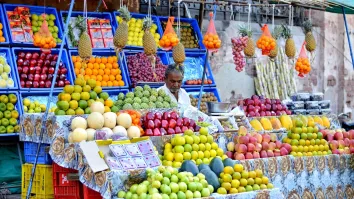
Four in five Chinese customers ramp up online shopping amidst the pandemic
A mobile in-app tracking could drive further sales during peak shopping season.
Nearly four in five or 79% of Chinese consumers and 76% have shopped more online since the outbreak of COVID-19, outpacing the global average of 64%, according to a study from Rakuten Advertising.
Over one in five or 21% of Chinese shoppers are also looking to ramp up their spend on people in their immediate family. Further, 35% will spend more than 40% of their monthly household income this shopping season, compared to only 7% of global consumers.
For choice of shopping platform, Taobao emerged as the most preferred in the country by 77% of respondents, overtaking the messaging app powerhouse WeChat (65%).
Globally, Facebook dominates as the top social media platform for holiday shopping at 45%, followed by YouTube at 38%. The research demonstrates higher than average preference for Facebook in Hong Kong (62%) and Singapore (57%). However, the second most popular platform is Hong Kong and Singapore is WhatsApp, at 57% and 55% respectively.
As consumers across Asia move to purchase more on mobile, the report emphasised the need to implement effective mobile strategies during peak shopping periods. Rakuten Advertising’s APAC senior vice president Stuart McLennan said that brands can utilise mobile in-app tracking and further drive mobile sales during peak shopping season.
“Additionally, brands can gain further insights into their consumers’ shopping behaviour as in-app tracking enables advertisers to accurately track conversions,” McLennan added.
Still, consumers are tightening their purse strings. More than half of consumers in Singapore (53%), China (53%), Hong Kong (54%) and South Korea (52%), are planning to change the way they shop to maximise value.
For this, the report recommended rewarding customers for spending through cashback programmes. “Brands can use AI tools to serve personalised offers to each consumer, backed by data from past shopping behaviour, to further enhance the customer shopping experience and encourage repeat purchase,” McLennan said.



















 Advertise
Advertise





